More than two billion Muslims throughout the world welcomed the month of Ramadan on April 2nd, with the first light of the crescent moon. In the Muslim faith, celebrations and observances are based on the lunar calendar, known as the Islamic Hijri. Each new moon starts a new month, which lasts 29-30 days. This is why the 9th month of Ramadan, as well as other key dates like Eid Al-Fitr, Eid Al-Adha, and the Hajj season, start 10-12 days earlier every year.
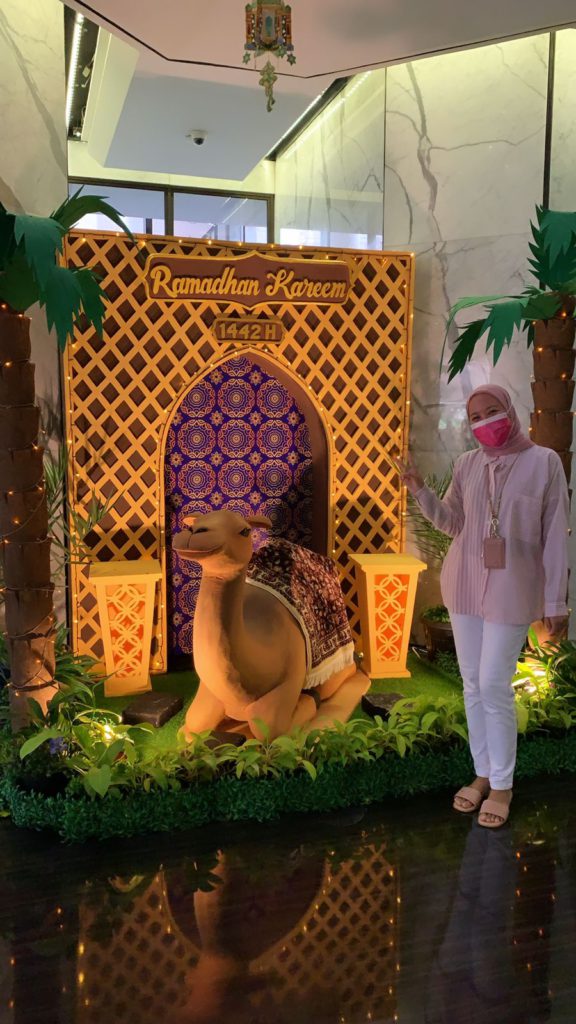
Fasting is an important part of the holy month. It normally occurs between sunrise and sunset, and can last anywhere between 11 and 20 hours depending on the month and location of the fast. This can be especially difficult for Muslims living in northern latitudes, where the summer daylight hours can be unusually lengthy! Muslims in such areas, on the other hand, traditionally fast according to the sunrise and sunset in Mecca.
During the hours of darkness, participants of Ramadan are free to eat what they please, as long as it’s halal. However, for the most part, there are two meals that are enjoyed during this period: suhoor, the meal eaten before sunrise; and iftar, the meal eaten after sunset. Ramadan may consist of fasting and prayer, but that is only part of the story. There’s a communal aspect to the holiday that makes the experience of fasting and prayer more special.
Farah, a Snackmagic ambassador in Indonesia says, “Fasting means not only we need to abstain from food and drink, including smoking and any other activities that could break the fast. Fasting is about the practice of self-control and to show gratitude to Allah SWT for sustenance.”
Although not a Muslim country, Indonesia is home to the world’s largest Muslim population. Eid al-Fitr, or locally known as Lebaran, has a unique Eid tradition that marks one of the best times to visit the beautiful and diverse archipelago. Read on to discover the unique Eid traditions that you can only find during Eid celebrations in Indonesia!
1. Eating Ketupat
Almost every country has its own special Eid food. In Indonesia itself, Eid celebrations cannot be separated from the presence of Ketupat, a Javanese rice cake packed inside a diamond-shaped pouch made of woven palm leaf. Almost every house will serve this special culinary treat on Eid al-Fitr. And then there are the various side dishes that are no less distinctive, such as Opor Ayam (braised chicken cooked in coconut milk), Rendang, Nastar (pineapple tarts), and many more. In Java, Ketupat symbolizes togetherness, and the act of giving this rice cake to your loved ones means asking for forgiveness as well as an invitation to live together in harmony for the year to come.

2. Eid Parcel
Parcel Lebaran is another popular Eid tradition in Indonesia in which people distribute gifts to relatives or relatives who celebrate Eid. The contents of Lebaran parcels are generally in the form of drinks and snacks typical of Eid al-Fitr, but it is not uncommon for people to be creative with Lebaran parcels that contain other unique things. Check out our Ramadan boxes in Indonesia!
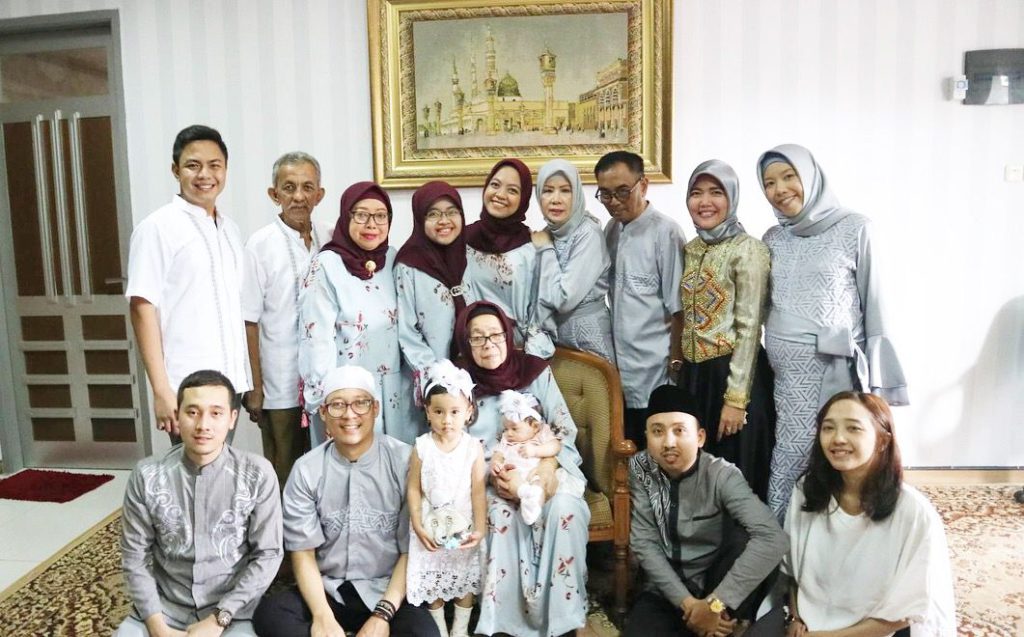
3. Silaturahmi
Silaturahmi means maintaining connectedness with one another, a concept held dear by many Indonesians and Muslims especially. During the week of Eid al-Fitr, friends and relatives visit each other’s homes bringing gifts and sharing food. It’s a fantastic chance to catch up. During the celebration of Eid, feel free to visit those neighbors you never get the chance to talk with, or family members you haven’t seen in a while. They’ll surely appreciate the gesture and who knows, you may have more fun than you expected.
For Indonesian celebrating Eid Fitr involves wearing new clothes, going to the mosque together to hold the Eid Fitr prayers, reciting takbeer, and the biggest tradition of all is Mudik (travel back to your village and hometown) to celebrate the Eid Fitr together with your family, eating Ketupat (rice dumplings) and giving pocket money to children.
4. Shopping for new clothes
For generations, wearing new clothes at Eid al-Fitr has become a pleasant and well-kept tradition in Indonesia. Consequently, big crazy sales will be everywhere, from boutiques to department stores… think Black Friday! This is the excuse you’ve been waiting for to shop until you drop – after all, you have to respect tradition, right? In contrast, the prices of groceries spike around this holiday, so grocery stores can be unbearably crowded the week before Eid.
5. Mudik
Mudik refers to the annual mass homebound exodus around the time of Eid al-Fitr. The most popular way to celebrate Eid al-Fitr is by gathering with extended family and performing religious rituals together, typically in the family’s hometown. It is estimated that around 20 million people in Indonesia travel to their hometowns at the same time!
Not only in Indonesia, wearing new or festive clothes, cooking meals and festive dishes, exchanging parcels, arranging family or social get-togethers are among a few of the traditions that are followed in every Muslim country and culture.
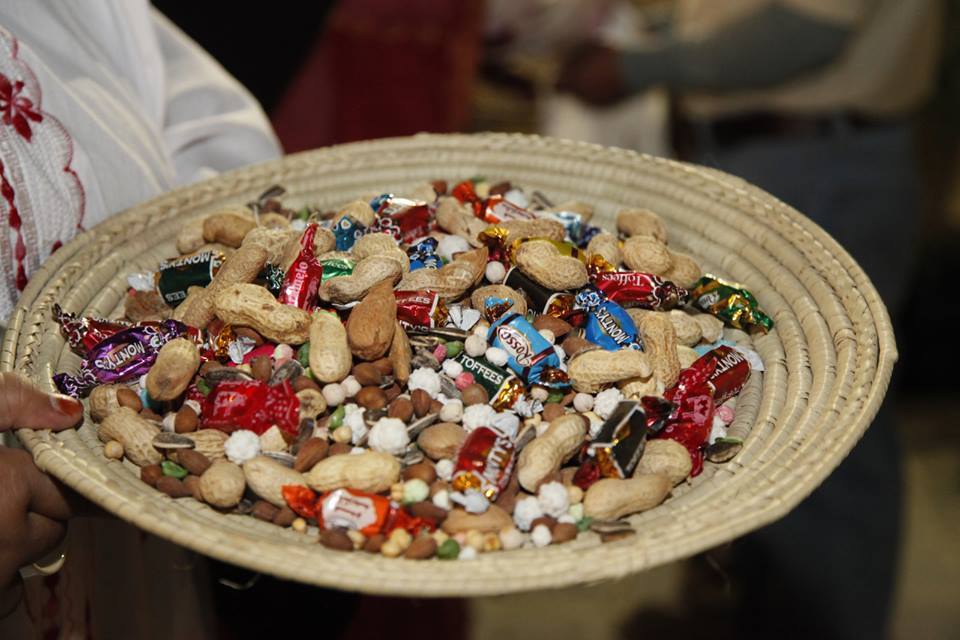
On the eve of Eid, people in Qatar will start their preparations for the occasion. Qatari people serve sweets, dates and nuts. Showing hospitality and a warm welcome to visitors is of utmost importance. These are served along with tea and coffee on Eid day.
“Festive lanterns and lights come alive all over cities. Everyone wears new clothes, visits friends and family, enjoys special Eid foods and sweets and exchange gifts as part of the Eid tradition” says Norris, our partner in Qatar
One of the most popular traditions is called Garangao. It is a middle of Ramadan tradition that is widely celebrated by children across Qatar and the Gulf region who have successfully carried out fasting for half a month. Children dress up in traditional clothes, carry decorated bags, and walk around the village singing Garangao songs by hitting certain objects that produce a unique rhythm.
In the past, they were given dates, rice and wheat, ingredients used to make a traditional dish called Harees. but now they are usually given candy and nuts.
India has one of the world’s largest Muslim populations. People there celebrate Ramadan with different specialties depending on the region.
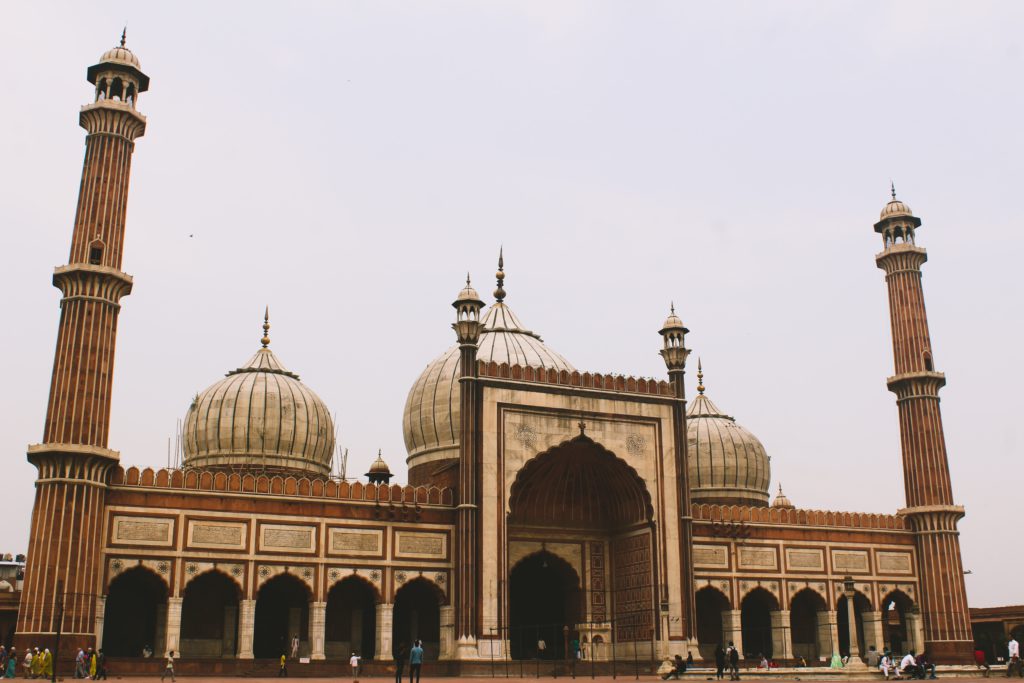
In Hyderabad in southern India, for example, a dish called Haleem has become popular. This spicy stew, with its roots in Arabic cuisine and popular with Muslims and non-Muslims alike, is made from lentils, goat meat, and pounded wheat that has been slow-cooked for maximum flavour.
On Eid, when Muslims celebrate the breaking of the fasting month of Ramadan, Sewai is very popular, especially in the north. Sewai is a dessert made from rice vermicelli (very thin noodles). It is usually cooked in milk, sometimes with cardamom, and served with dried fruits such as dates – which are also very popular during Ramadan itself.
Turkey is a vibrant country that draws people in with its cultural diversity and traditions. When it comes to celebrating Ramadan, Turkey celebrates festivals with thorough enlightenment and extravaganza leaves no stone unturned.
In Turkey, Eid is known as Ramazan Feast or Ramadan Bayrami and is usually a three-day holiday. Ramadan in Turkey is celebrated with full enthusiasm, people visiting their neighbors and family to wish them a happy holy month and to bless them with prosperity. The first day of Eid al-Fitr is known as the Candy Festival or Seker Bayrami because children are traditionally given sweets or money wrapped in handkerchiefs.
“After Ramadan, we celebrate the Ramadan feast, also known as the candy feast. In small towns, children go door to door, asking for candy and chocolate (also pocket money). People also pay visits to relatives and friends, youngers visit the elderly, and sweets are always served” according to Ilayda, our ambassador in Istanbul
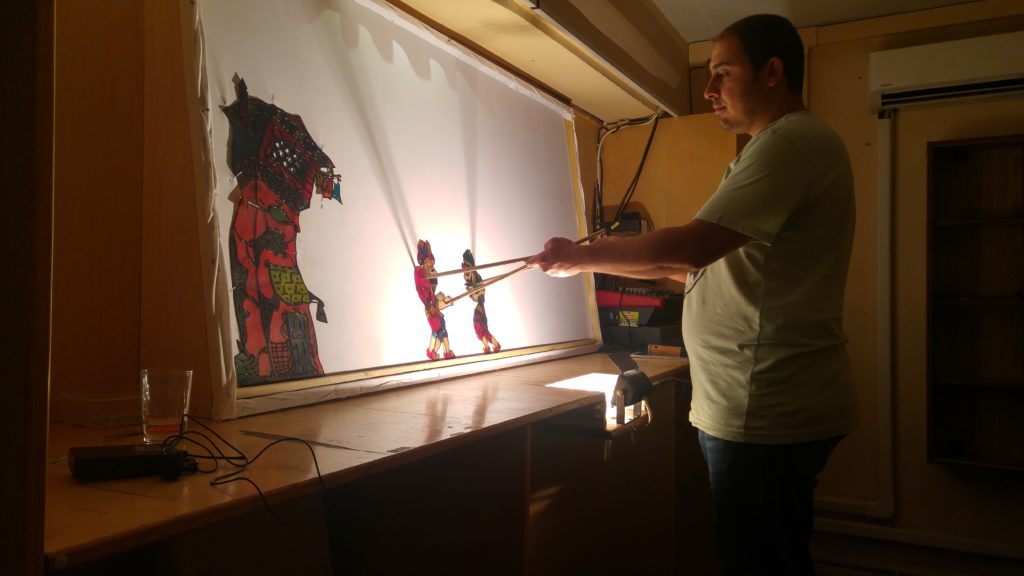
Traditionally, people also come out to watch theatrical performances and shadow puppet shows such as Hacivat and Karagöz, which are popular among local Turks.
Happy Eid Mubarak, to all fellow Muslims!
Check out our gift boxes selection in more than 100 countries for the very best in unique or custom, handmade pieces from our partners, and click here to find out more about how to treat your remote team, clients, and pals.




